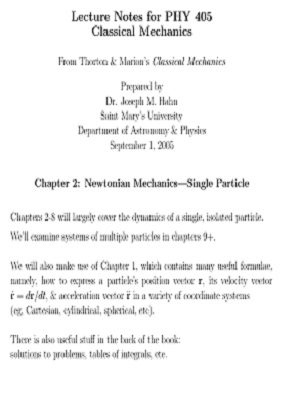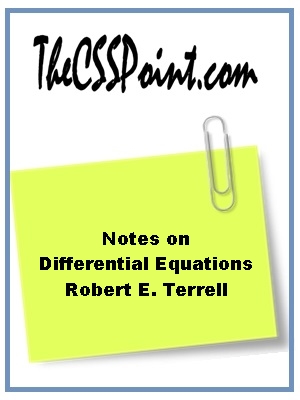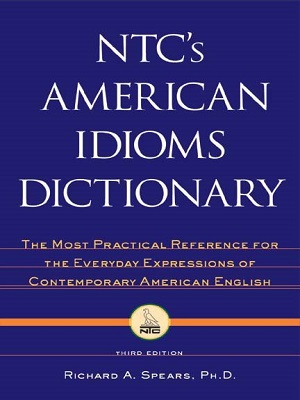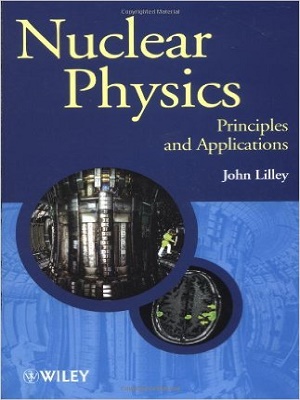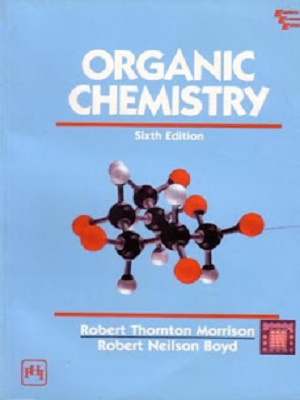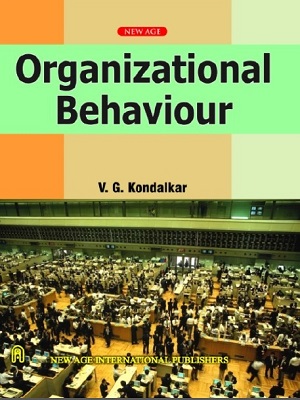New York Times Magazine 10th May Magazine
Notes on Classical Mechanics
Notes on Differential Equations By Robert E. Terrell
Students of science and engineering often encounter a gap between their calculus text and the applied mathematical books they need to read soon after. What is that gap? A calculus student might have learned some calculus without learning how to read mathematics. A science major mightbe faced with an applied text which assumes the ability to read a somewhatencyclopedic mathematics and its application. I often find myself teachingstudents who are somewhere between these two states.
NTC’s American Idioms Dictionary By Richard A Spears
NTC's American Idioms Dictionary By Richard A Spear. Completely revised, updated, reorganized, and enlarged with 600 new entries. Essential for writers and learners of American English, it features a unique new format, an appendix of 500 fixed-order phrases--such as "fast and furious--that cannot be reversed, and a Phrase-Finder Index for easy lookups of even partially remembered phrases.
Nuclear Physics: Principles and Applications By John Lilley
This title provides the latest information on nuclear physics. Based on a course entitled Applications of Nuclear Physics. Written from an experimental point of view this text is broadly divided into two parts, firstly a general introduction to Nuclear Physics and secondly its applications.
* Includes chapters on practical examples and problems * Contains hints to solving problems which are included in the appendix * Avoids complex and extensive mathematical treatments * A modern approach to nuclear physics, covering the basic theory, but emphasising the many and important applicationsObjective English for Competitive Examination Fifth Edition By Hari Mohan Parsad
One Paper MCQs Guide By Imtiaz Shahid
Organic Chemistry By Morrison & Boyd
In this classic introductory text, the authors aim to identify the new concepts of organic chemistry, to select the ones that are clearly fundamental to the learning of organic chemistry, and then to build them into a framework of the book. The cornerstone of this framework is that chemical behavior is determined by molecular structure. Each topic is presented fully and clearly at a level appropriate for beginning students. The authors emphasize relationships between the seemingly unrelated facts and theories that students are learning in order to reveal the broad and complex pattern underlying organic chemistry. Where possible, they lead the students to find the pattern themselves, by working problems.
Organizational Behaviour By V.G. Kondalkar
Organizational Behaviour has assumed greater importance due to globalised economy, technical change and changed social and demographic environment. The book explains in detail the concepts of individual, group and organizational behaviour modification. Various theories have been explained in a scientific manner and have been supported by empirical research. The book is divided into four parts and written in Indian context. At the end of each chapter, a case has been given for better assimilation of the contents. The facilitator is expected to conduct workshops with the help of various instruments that have been appended.







